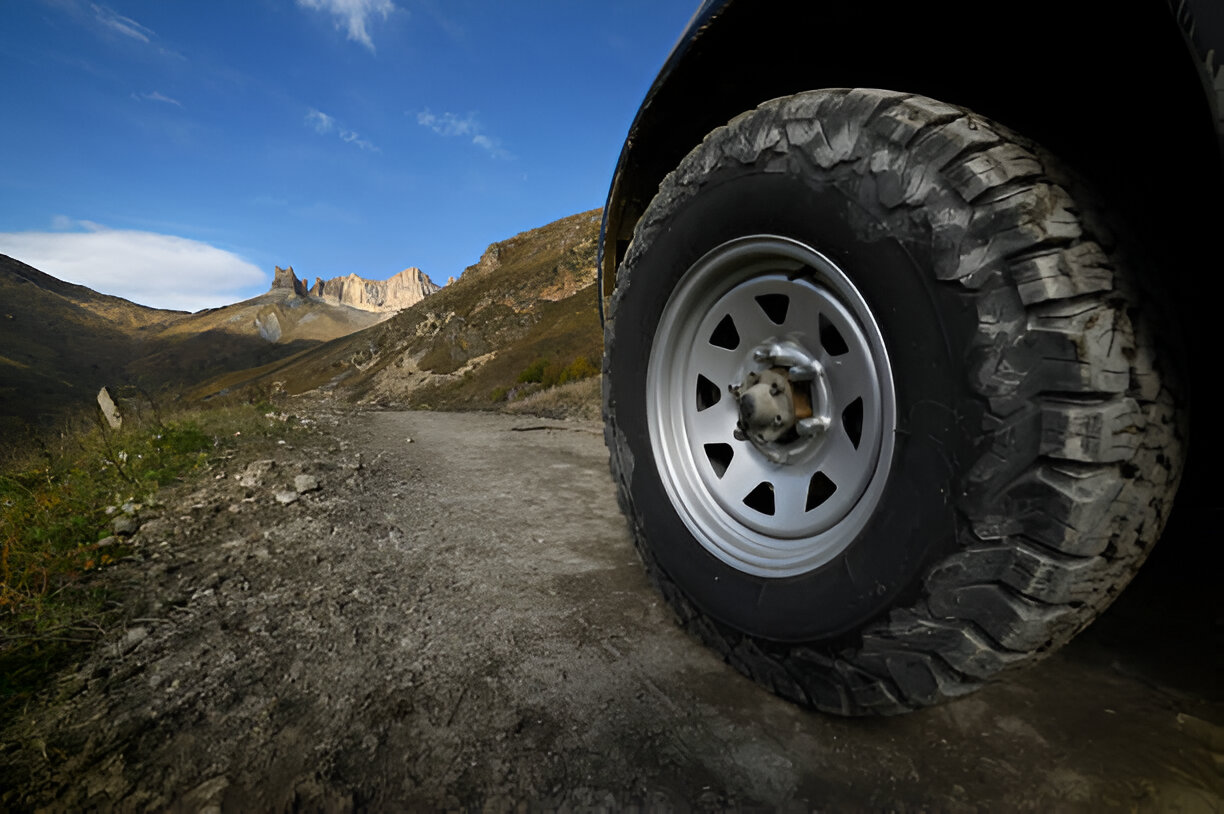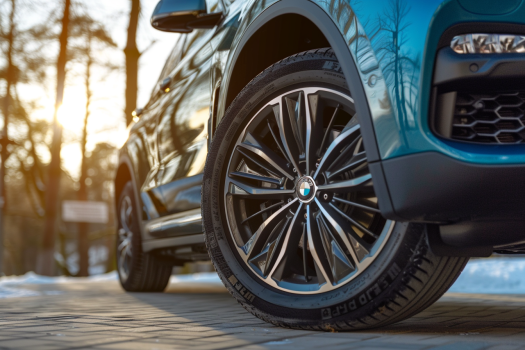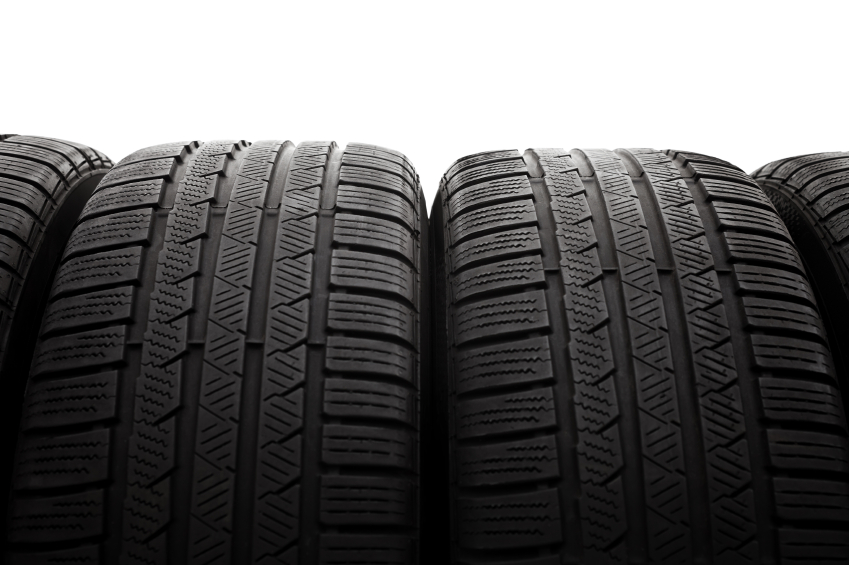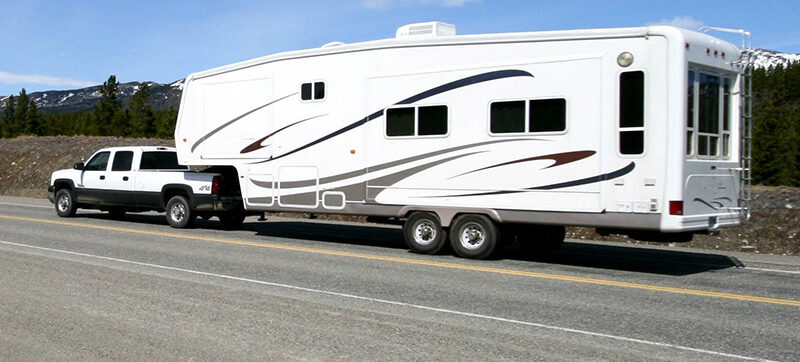Last Updated on October 9, 2024
Navigating the Rugged Terrains: Starting Your Off-Roading Adventure Right
You want to take your new 4×4 off-roading for the first time but have no idea of how, what you will need, what your truck is capable of, or even how to work some features of the vehicle.
What tires are best for the terrain? What vocabulary do you need to know? What’s the difference between 4×4 high and low? What’s a different lock? Should you cut your teeth on general off-roading or go straight to the mud? What do I do with my thumbs to prevent breaking them? Can I get competitive with off-roading when I get better? Strap in and get ready to dig yourself out with answers to these questions and more.
Off-Roading for Beginners
Off-roading is an exhilarating way to connect with nature, challenge yourself, and explore less-traveled paths. But as thrilling as it can be, it’s essential for beginners to approach off-roading with preparation and knowledge. Here’s our comprehensive guide to start your off-roading adventure on the right track.

1. Choosing the Right Vehicle The first step in your off-roading journey is selecting the appropriate vehicle. While many 4x4s can handle off-road terrains, it’s crucial to choose one that fits your needs, budget, and the type of terrains you’re aiming to explore.
2. Invest in Quality Tires Your vehicle’s tires play a vital role in your off-roading experience. Ensure you have high-quality, durable tires suitable for off-roading. They should offer good traction and be able to withstand rugged terrains.
3. Learn Basic Off-Roading Techniques Before hitting the trails, familiarize yourself with basic off-roading techniques. This includes understanding how to navigate through mud, sand, rocks, and water crossings.
4. Safety First! Always prioritize safety. This means never off-roading alone, always informing someone about your whereabouts, carrying a basic first-aid kit, and understanding your vehicle’s limits.
5. Respect the Environment. Remember, nature is a privilege, not a right. Stick to established trails, avoid disturbing wildlife, and always pack out what you pack in.
6. Join an Off-Roading Group For beginners, joining an off-roading group can be beneficial. Not only will you learn from experienced off-roaders, but it’s also a great way to discover new trails and make friends who share your passion.
Understanding Off-Roading Jargon: Key Terminology to Know
Some of the basics come down to knowing the vocabulary of off-roading, mostly tied to parts of your vehicle. Off-roading is an exhilarating adventure, but it comes with its own set of terms and phrases that might sound like a foreign language to beginners.
In this guide, we’ll break down some essential off-roading jargon and explain what it all means. Whether you’re new to off-roading or just looking to brush up on your terminology, this will help you navigate the world of four-wheeling with confidence.
4×4 High vs. Low
Also referred to as 4WD High and Low, this refers to the gear ratio of your four-wheel drive. High is day-to-day driving and allows for a higher top speed. This is great for keeping momentum on trails. But when you need torque, go into 4×4 Low. While this gives a lower top speed, it’s better for rock crawling or when you get stuck.
Locking Differential
A “diff lock” governs wheel turn speed. Normally, the wheels turn at different speeds to compensate for terrain. The car’s computer will automatically make adjustments. While older cars have to be manually locked, modern cars need the push of a button to activate the lockers. And with that, the wheels will turn at the same speed. This is important when you are stuck, as the computer will give more power to the wheel, encountering the least resistance – and making the problem worse.
Traction control
Your car will likely have traction control – either an on/off setting or more complex settings for different terrains. This helps limit wheel slip. Be sure to check your vehicle’s manual for more information.
Off-roading Equipment
There’s certain off-roading equipment you will want to take with you on the average off-road adventure.
- A full gas tank. If possible, have a Jerry can with extra fuel, just in case.
- Spare water for the radiator
- Fire extinguishers
- A high-lift jack
- A shovel
- A portable air compressor.
- A spare tire and tools to change tires.
- Tow rope, rated for the weight of your vehicle.
- First aid kit.
- Phone and two-way radio for your companions
There’s also equipment for your car itself.
- There are specific tires for specific terrain. For example, these Cooper tires are designed for traction while wet while still being able to take on rocks. Perfect, in other words, for off-roading in the mud.
- A winch. Combine with a tow rope, and watch a vehicle get itself out of the muck. Go for quality over a cheap winch, lest it break when you need it.
- Much like the winch, a cheap body lift kit is a disservice to your vehicle. Shock absorbers are needed for traversing rocks, while suspension helps fight against the weight of any supplies you may have – especially if you are camping.
- An aftermarket bumper will protect your car from rocks, trees, and other off-road obstacles.
- If you are near water – deep enough to get water in the air intake – you need a snorkel. Just a couple of pumps of water into the engine can ruin it. The snorkel moves the air intake to the top of the car.
Beginner terrain tips
If you’re new to off-roading, you’ll want to start with some beginner terrain tips. Off-road can be a thrilling experience, but it’s essential to begin on the right foot and build your skills gradually.
In this section, we’ll share some valuable tips and tricks to help you tackle off-road terrain with confidence and safety. Whether you’re driving an all-terrain vehicle, a 4×4 truck, or any off-road vehicle, these tips will serve as a solid foundation for your off-roading adventures.
Dry ground
For dry ground, you need only good tires and knowledge of the route. Pre-planning and research are essential – know what you are getting yourself into. You can often find trails meant for off-roading in state and national parks.
Mud
It’s best to take on mud with tires meant to tackle slick situations. Your inclination might be to gun the throttle in mud, but this will only make your situation worse. Here’s how to get unstuck: Reduce tire pressure to 20 psi – this allows for more traction. Turn the traction control off, and put the car in 4×4 High. If possible, choose a higher gear.
Sand
Dunes means shifting to 4×4 Low. However, if you get stuck, change into a 4×4 high, just like in the mud. Maximizing horsepower is the name of the game. Otherwise, keep your momentum going as much as possible.
A few more general considerations: Keep your thumbs on the outside of the steering wheel. Newer cars have damper boxes to prevent “whip,” but older cars might find the wheel suddenly spinning from the terrain.
Use your left foot to break. This can save you seconds – very valuable in getting the timing right to get out of a rut – and allows you to apply power more evenly.
Stay comfortable and relaxed. Don’t panic, or you could make the situation worse.
Moving to intermediate
Ready to take off-roading to the next level? Join an event like the Jeepers Jamboree on the Rubicon Trail (open to all 4x4s, not just Jeeps). Or, if you are comfortable in mud, try your hand at mudding, which makes off-roading a competition. Just be sure to do your research, be safe, and have fun!
Conclusion
Off-roading offers an adventure like no other. It’s a mix of adrenaline, nature, and learning. As a beginner, it’s crucial to start with the right foundation – from the right gear to the right knowledge. And remember, every expert off-roader was once a beginner, too. With time, patience, and practice, you’ll soon master the art of off-roading.
Off-roading for beginners can be an exhilarating experience, provided you start with the right knowledge and preparation. With the right vehicle, proper equipment, and essential skills, you’ll be ready to explore the great outdoors and embark on memorable adventures. So, gear up, get behind the wheel, and let the off-roading journey begin!
Ready to equip your vehicle for off-roading?
Explore Tires Easy‘s selection of high-quality off-road tires designed to tackle the toughest terrains.
Start your off-roading adventure today!
Remember that off-roading can be dangerous, so it’s crucial to prioritize safety and gradually build your skills as you gain experience.
FAQs
What do I need to do off-road?
To go off-roading, you’ll need a suitable off-road vehicle, such as a 4×4 truck or an all-terrain vehicle (ATV). Additionally, it’s crucial to have the right safety gear, including a helmet (for ATV riders), appropriate clothing, and basic tools for minor repairs.
What type of car is best for off-roading?
The best type of vehicle for off-roading depends on your specific needs and preferences. Generally, 4×4 trucks and SUVs are popular choices due to their rugged capabilities. However, there are also purpose-built off-road vehicles like ATVs and dirt bikes for different terrains.
What to do when off-roading?
When off-roading, it’s essential to follow safety guidelines, stay on designated trails, and be prepared for emergencies. Always let someone know your off-roading plans and carry necessary supplies like water, a first-aid kit, and recovery equipment.
How do you drive a 4×4 off-road?
Off-roading in a 4×4 vehicle requires specific skills. Start with understanding your vehicle’s features, such as 4WD modes and differential locks. Drive at a controlled speed, choose the right gear, and use proper techniques like gradual acceleration and braking when navigating challenging terrain.
-
Proofreader









